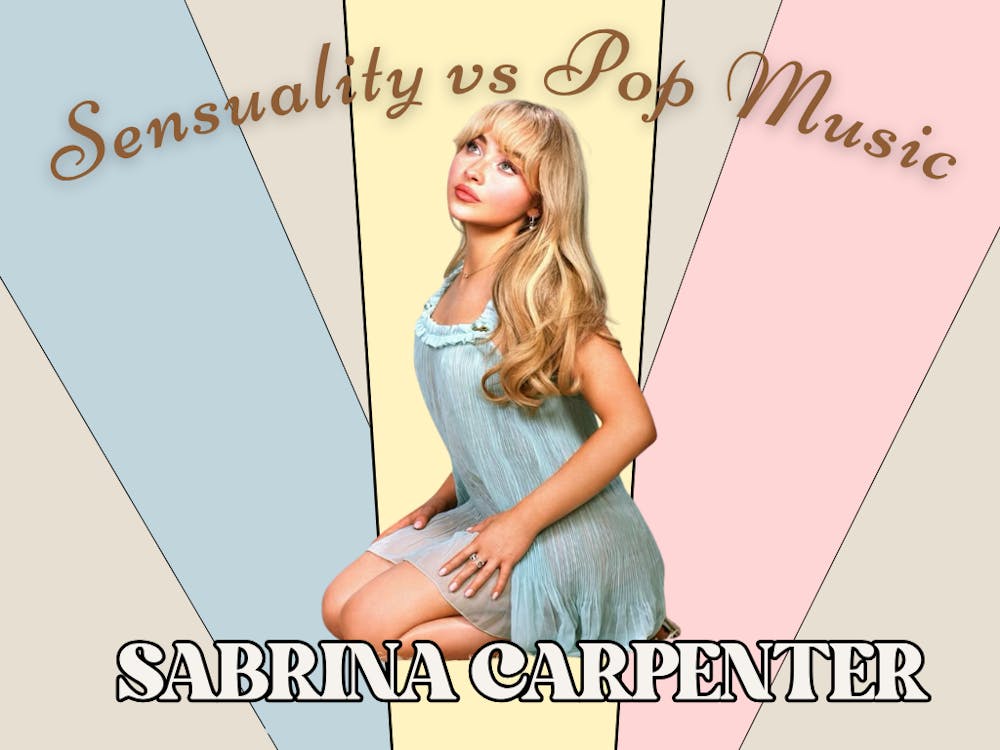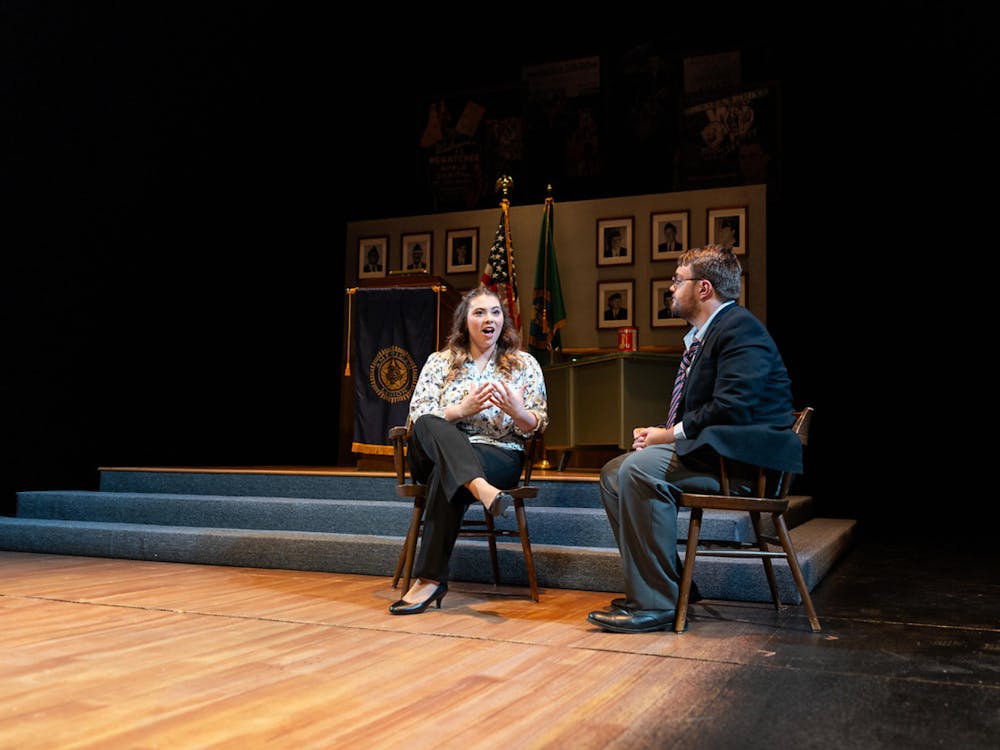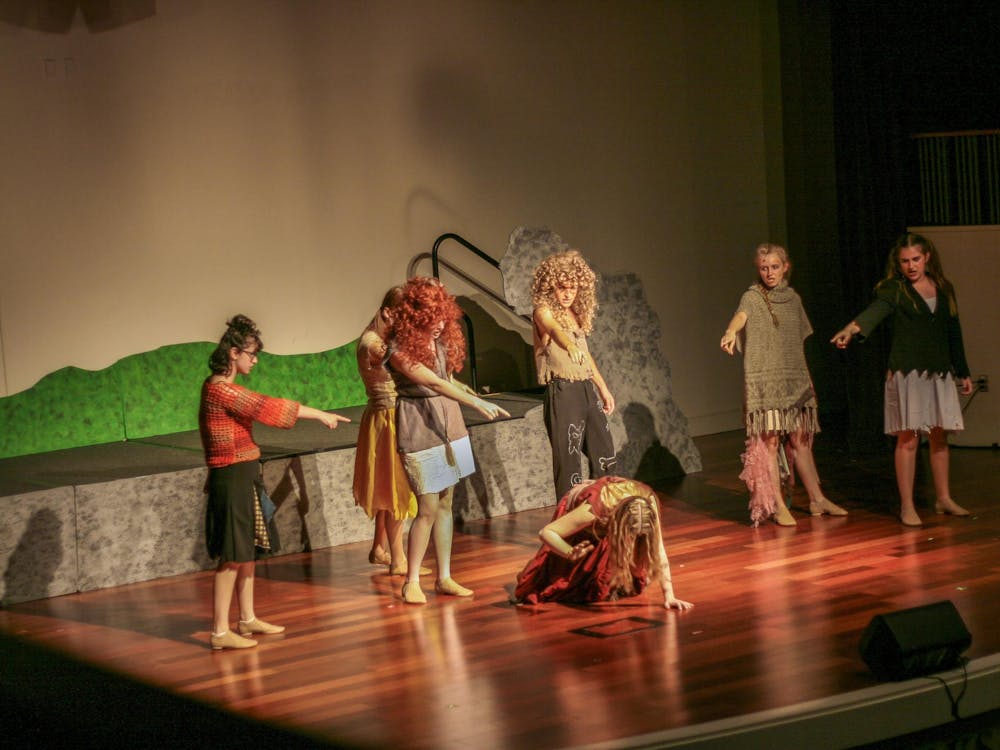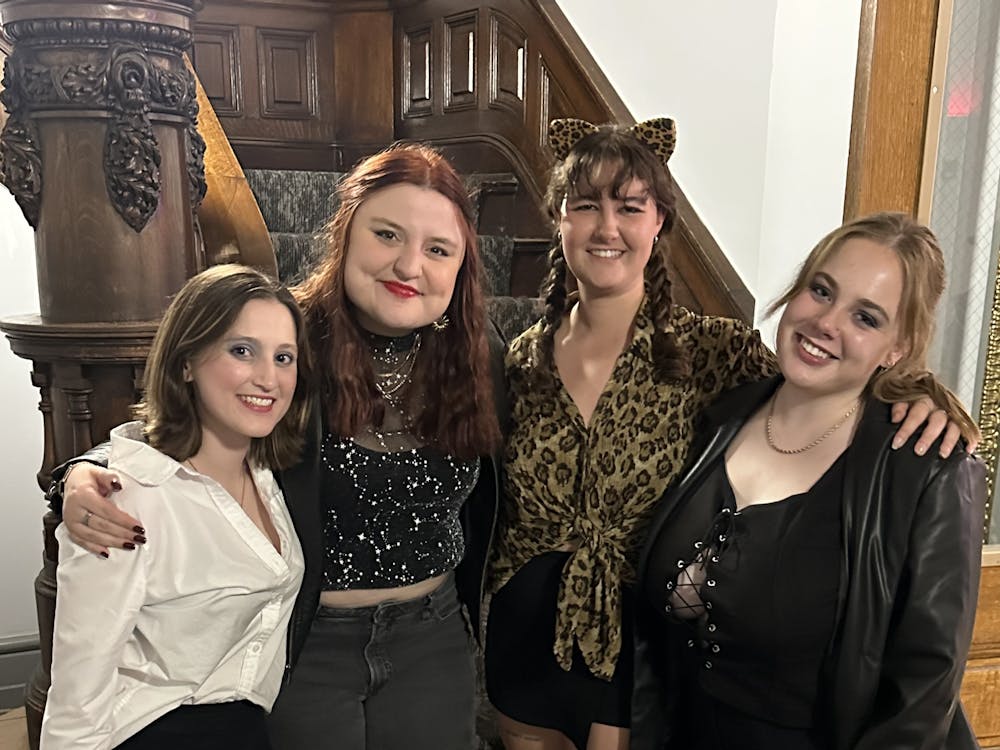The glamorous Sabrina Carpenter that many know and adore today didn’t dazzle her way into the spotlight. Before all of the press, photoshoots and partnerships, acting was how she earned her livelihood.
At 11 years old, Carpenter debuted in a guest role on “Law & Order: Special Victims Unit;” Shortly after, Disney Channel signed her to co-star with Rowan Blanchard on the 2014 household sitcom, “Girl Meets World.”
Her singing journey began as a preteen passion project, uploading song covers on YouTube; however, these clips didn’t really garner attention until “Girl Meets World” gained traction, and people saw her consistently in mainstream media. Carpenter originally signed with Disney’s Hollywood Records and began releasing music, which gave her the opportunity to become what she is today.
Now a world-renowned, Grammy-winning artist with two albums released since 2023, it is important to not only consider the issues that Carpenter has dealt with post-Disney, but also how her evolving identity has affected her actions and the way that she has been perceived by the world.
One controversy surrounding Carpenter that has since been buried in her fame took place in 2023 during the production of the music video for “Feather,” a track on her deluxe album “emails i can’t send fwd:”.
Part of the video is filmed inside a Catholic church, where Carpenter is choreographed to kill men who have wronged her. There was brief, yet intense outrage from religious and non-religious fans alike who insisted that this was disrespectful to Christianity, to which she responded that they had gotten approval beforehand, and “Jesus was a carpenter.”
Afterward, it came out that the administration in that church, responsible for providing Carpenter with the space, was stripped of its titles and privileges. While this is not by any means the largest scandal to hit Hollywood, it is important to not only examine Carpenter’s actions, but also how easily everything was swept under the rug.
If she had performed in a holy space for a different religion, the story would have probably blown up; artists, like Lil Nas X, have since been under fire for using Christian iconography in their music videos, much less using the actual church as a backdrop. Why was she so easily forgiven for costing people their careers in order to boost her own?
In addition to the location of her music videos, the content of her music has been under scrutiny.
Carpenter has been both praised and scorned for the use of explicit language and playful sexual innuendos in her album “Short n’ Sweet.” Both sides escalated after the kickoff of the “Short n’ Sweet Tour” in September of 2024, which ran for just over a year; many who initially seemed to be able to excuse the risqué lyrics upon the album’s release were taken aback once the music was set to a live performance with visuals.
Arguably, the most controversial song in her setlist was the ethereally-erotic “Juno,” a track that alludes to “Juno,” a 2007 film that follows the unplanned pregnancy and trials of a teenage girl, the picture’s namesake. Carpenter sings: “If you love me right, then who knows?/I might let you make me Juno,” using the film’s main character to express wild sexual desire that may lead to pregnancy.
While performing “Juno” on the “Short n’ Sweet Tour,” Carpenter acted out a different sexual position at each stop as she asked the audience, “Have you ever tried this one?” toward the end of the song’s second verse. While the brazen, sultry display came across as an act of empowerment for some fans, it ruffled others. Not only is it strange to compare yourself as an adult to a teenager in a song about sex, but the choreography is not disguised as anything other than what it is.
Enjoy what you're reading?
Signup for our newsletter
There was a public image of Carpenter before the “Short n’ Sweet Tour, and it was completely crushed. The question has since arisen: Why was there a preconceived idea of Carpenter to begin with? Plenty of other female artists, such as Rihanna, Lady Gaga, Doja Cat and Nicki Minaj, all use sex appeal in their performances in one way or another. What makes Carpenter different, and how does that change the messages in her music?
While Sabrina stopped acting on Disney Channel in 2017 with the conclusion of “Girl Meets World,” the innocent, vulnerable image that she had cultivated during her time with Disney remained with her throughout the promotion for “emails i can’t send:,” an album that centered around teenage struggle. This kind of album response post-Disney has been seen in many of its child stars, including Miley Cyrus and Demi Lovato and was heavily sympathized with due to the stress and trials of growing up in the spotlight.
This Disney background is what makes Carpenter different. Having a naïve image is part of what saved her during the controversy surrounding “Feather;” her unserious response was perceived as cute and clever wordplay rather than a statement of arrogance or defiance. That being said, this reputation that followed her from Disney Channel is also in part what is causing her problems today.
Leading up to her most recent release, “Man’s Best Friend,” Carpenter hinted at the album’s aesthetic through promotional photoshoots that many immediately compared to scenes in the 1997 film “Lolita.;” Tthis adaptation follows the story of an underage girl named Lo who is romantically pursued by her step-father.
One of the images in Carpenter’s shoot that has been accused of having taken inspiration from the movie depicts the pop star lying on her stomach, soaking wet, beneath the arc of a sprinkler in a nondescript backyard. Although Carpenter denies any relation between “Lolita” and her photos, she still faced a lot of backlash upon the release of “Man’s Best Friend” —–- especially after hearing the tracks, which make heavy commentary on female agency and control.
In contrast to her controversy surrounding “Feather,” which was saved by her playfully innocent reputation, the distaste that some of Carpenter’s fans have for “Man’s Best Friend” and its publicity material is exacerbated by her Disney history. The filmy, coquettish, nineties aesthetic from “Lolita” has been interwoven into the style of many popular female artists today, including Lana Del Rey and Chappell Roan; Carpenter alone receiving criticism is a statement about her family-friendly performance roots. Is she held to a different standard than the rest?
Ever since leaving the industry in awe with “Short n’ Sweet” — in which she first premiered the soft and foxy image that has since become her iconic look — Carpenter continues to define and redefine what a Disney child star can grow up to be. In interviews, she embraces the charm of her “Girl Meets World” persona, while in performances takes on a more sultry, mature air. The result is an omniscient cheekiness that appeals to many young women today.
The controversies surrounding her are never-ending, but it is important to consider, question, and challenge the reasoning behind them–has Sabrina Carpenter disrespected her position as an influential role model more than any other female singer today, or is she still just expected to adhere to the image we have of her from 2014?




